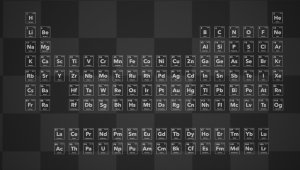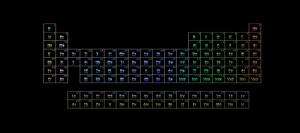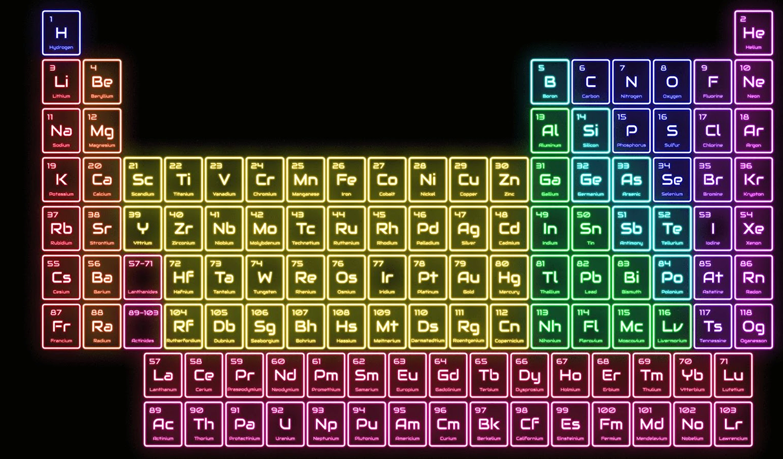There are many benefits to buying a periodic table that features real elements. Unlike traditional periodic table charts, which make it difficult to appreciate the different elements, real periodic tables provide an immersive experience that will help you better understand each element. The following are some of the benefits of real periodic tables.These items are high-quality and unique, and can be useful for students or adults alike.
Atomium(tm) periodic table
The Atomium(tm) periodic table app lets you explore and learn about the elements and their properties through an interactive, digital display. The app is geared towards the scientific community and best suited for science-teachers, high school and university students, and people working on the CERN Large Hadron Collider. You can also find useful information about the various chemical elements by viewing the Atomium’s content in its settings.
The app offers a series of features, including a rotating, horizontal, and vertical representation. The app supports both traditional and digital periodic tables and offers the ability to toggle periodic table sounds. Atomium also supports major temperature units, including Celsius, Kelvin, and Fahrenheit. The software supports both a vertical and horizontal periodic table, and it supports a variety of color schemes. Atomium also features a search box to find the element that you’re looking for savefromnet .
Thulium is a silvery-gray metal with a moderate hardness. It tarnishes slowly in the air. It is commonly used in portable X-ray devices, and is the thirteenth element in the lanthanide series. Its atomic number is 69, and its nucleus consists of 69 protons. Its electrons are influenced by electric fields produced by its positive nuclear charge.
Its chemical name, thulium, comes from the ancient Scandinavian word ‘thul’, meaning “flourish”. It is a rare element and the lowest-yielding rare earth metal. It is present in small quantities in rare-earth minerals and byproducts of nuclear fission. Thulium’s abundance is approximately the same as antimony. Thulium is present in a variety of minerals, including monazite, gadolinite, and xenotime.

83 real elements
There are 83 real elements in the periodic table. Of course, a periodic table is a representation of elements that exist in nature. The new product’s high-quality acrylic and 83 real elements make it an ideal display for any home or office. In addition to its 83 real elements, the product contains samples of low-radiation forms of radioactive elements.
The Real Element Periodic Table is an ideal teaching tool, gift, or craft desk decoration. It is made of high-grade crystal glue acrylic and is tasteless and durable. You can place it in a classroom or laboratory to teach students about chemistry. It features single samples of all 83 real elements, although a few elements are excluded due to their radioactivity or rarity. Despite its high-quality materials, this periodic table will last for decades, even in a laboratory.
The clear periodic table featuring the real elements has become a popular item, thanks to its realistic appearance. These displays allow users to admire the appearance of chemical items while memorizing the periodic table. The company that makes these displays, Chinov Display, provides the ideal solution for this high-end product. If you’re looking for a supplier of a 3d periodic table, you can trust them with the project.

Mendeleev’s original periodic table was arranged by increasing atomic weight, whereas the modern version displays elements by increasing their atomic numbers. Several chemists had noticed similarities between elements and organized them into groups based on their atomic mass. Some of them included Johann Dobereiner, who arranged them in triads.
Madelung rule
The Madelung rule for the Periodic Table With Real Elements states that as an atom’s atomic number increases, the electron orbitals fill in the order n+l within a total value. The n and l are the principal quantum numbers and angular momentum, respectively. This rule describes the periodic table’s orderly structure and qualitatively explains its regularity.
The table was divided into columns and rows, with elements in each column sharing the same valence and atom number. This makes sense in terms of periodicity, since the periodic table can be thought of as a “timeline” of the nature of atoms, and the elements in each column show the same trend of increasing weight.



